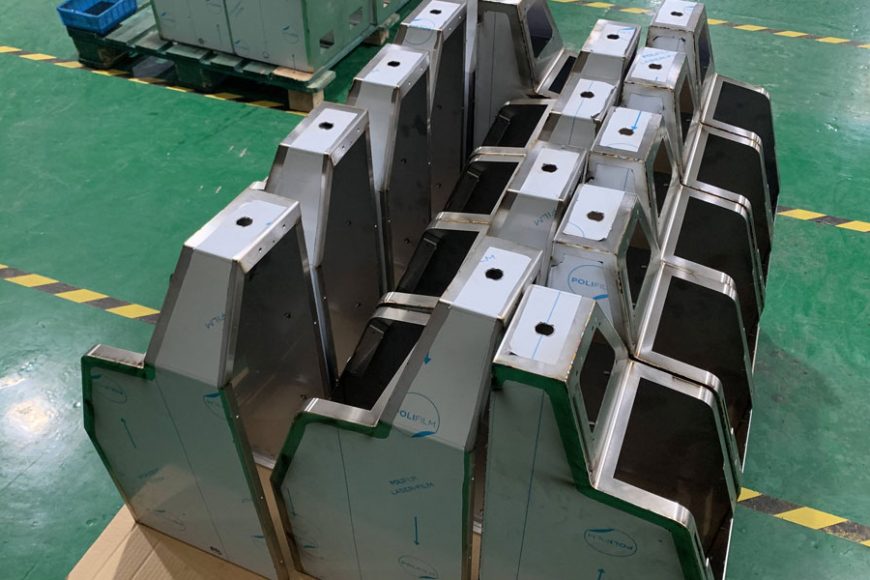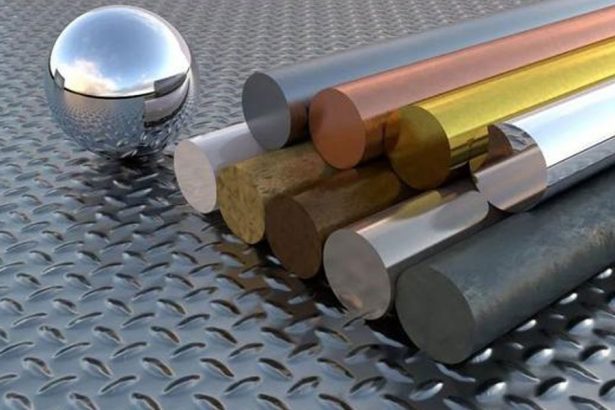Strength has been a coveted quality in materials since time immemorial. From building the pyramids of Egypt to constructing modern skyscrapers, the pursuit of stronger and more resilient materials has been a driving force behind human innovation. In this article, we will delve into the world of metallurgy and explore the strongest metals on Earth. These metals possess extraordinary properties that make them indispensable in various industries, from aerospace to construction. Join us as we unravel the secrets behind their impressive strength.
Tungsten: The Unyielding Element
Tungsten, with its atomic number 74, is often referred to as the “heaviest” metal on Earth. It boasts exceptional density and is recognized for its incredible strength and heat resistance. Tungsten is extensively used in the aerospace industry for manufacturing high-temperature components such as rocket nozzles, as well as in the production of electrical wires and various other applications.
Steel Alloys: The Workhorses of Industry
Steel is a well-known and widely used material due to its excellent balance of strength, durability, and affordability. However, it’s the steel alloys that push the limits of strength. Materials like stainless steel, which contains a mix of iron, chromium, and nickel, offer corrosion resistance and remarkable tensile strength, making them ideal for cutlery, construction, and even the medical field.
Titanium: The Lightweight Heavyweight
Titanium is renowned for its remarkable strength-to-weight ratio. It is stronger than steel but significantly lighter, making it an ideal choice for the aerospace and medical industries. Titanium’s resistance to corrosion, extreme temperatures, and biocompatibility have earned it a special place in applications such as aircraft construction, surgical implants, and sports equipment.
Inconel: The Super Alloy
Inconel is a family of superalloys known for their high-strength properties and resistance to extreme conditions. These alloys are primarily composed of nickel, chromium, and iron, with small amounts of other elements like molybdenum. Inconel’s ability to withstand high temperatures and harsh environments makes it a staple in industries like aerospace, petrochemical, and marine engineering.
Graphene: The Wonder Material
Although not a traditional metal, graphene deserves a special mention due to its extraordinary strength and unique properties. Composed of a single layer of carbon atoms arranged in a hexagonal lattice, graphene is incredibly strong and lightweight. It’s considered the strongest material ever discovered, with impressive electrical and thermal conductivity. While still in the experimental phase, the potential applications of graphene range from ultra-strong composites to advanced electronics.
Osmium: The Densest Metal
Osmium, with its atomic number 76, is the densest naturally occurring element on Earth. It’s twice as dense as lead and exhibits exceptional hardness and resistance to wear and corrosion. Due to its rarity and high cost, osmium is not widely used, but it finds applications in specialized situations like in fountain pen tips and electrical contacts.
Hafnium: The Heat-Resistant Metal
Hafnium is an element valued for its high melting point and ability to resist extreme temperatures. It is often alloyed with other materials to improve their heat-resistance properties. Hafnium-based alloys are employed in the aerospace industry, specifically in the hot sections of jet engines, where they endure extreme conditions with remarkable strength and stability.
Conclusion
The quest for the strongest metals on Earth has led to the development of a diverse array of materials that serve a multitude of applications. Whether in the construction of towering skyscrapers, the exploration of outer space, or the creation of life-saving medical devices, these super-strong materials play a pivotal role in shaping the modern world. From tungsten’s unyielding nature to graphene’s unparalleled versatility, these metals continue to push the boundaries of what is possible in various industries. As science and technology advance, who knows what new and even stronger materials the future may hold?




